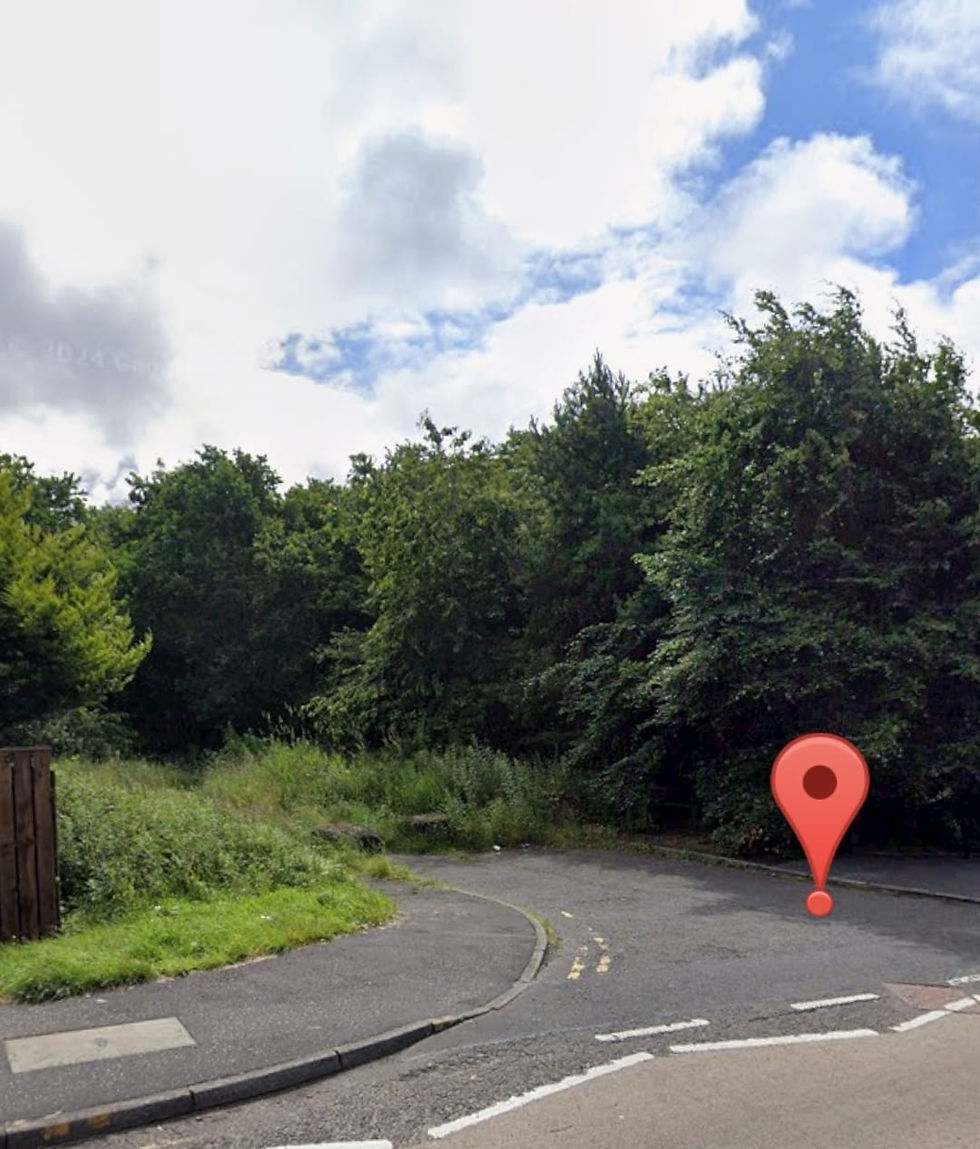Paul Sweeney: We can’t ignore the key assets we already have
- ruthhall0
- Aug 17, 2023
- 4 min read
HARE-BRAINED schemes are 10 a penny in Scottish politics.
Last month, Green Minister Patrick Harvie floated the idea of compelling every household in Scotland to scrap their conventional gas central heating boilers, while providing no detail whatsoever about financial incentives or government support. It’s almost as though he hasn’t realised the cost-of-living crisis we are all enduring.
While last week we delved even further into the realm of fantasy, as SNP Councillor Angus Millar, the man charged with leading Glasgow City Council’s Climate and Green Deal policy, lauded the prospect of digging a hole 6000 metres deep under the Scottish Events Campus to conduct a geothermal feasibility study.
Don’t worry, it will only cost £25 million to undertake the study while the cost of the entire scheme is estimated to reach up to £120m. It’s no wonder that “funding has yet to be identified”.
To add insult to injury a study carried out by Halliburton, the expert drilling company appointed to assess the feasibility concluded that Glasgow “does not have the required subsurface conditions to operate a conventional geothermal system”.
Instead, an enhanced system would be “needed for access to deeper and hotter formations to create ‘unconventional’ geothermal reservoirs through stimulation of natural fractures”.
In short, it’s highly impractical, will cost a huge amount of money and ultimately might not work. Councillor Millar seemed undaunted by that grim assessment. So, it begs the question, why?
Why are we contemplating throwing hundreds of millions of pounds of public money at a grossly inefficient and unsuitable thermal energy project that experts warn is highly risky when there are ready-made solutions already out there?
We are making remarkable progress in renewable generation capacity which benefits hard-pressed Glaswegians far quicker than pouring their money down a 6000-metre pit ever will.
We also have the River Clyde – an obvious heat source that flows directly past the SEC complex, and one that could easily be utilised. Tried and tested methods of renewable heat generation like air and river-source district heat networks should be the priority, not fanciful digging expeditions.
Untangling an incredibly complex regulatory and pricing framework is the first step towards unlocking the potential of district heat networks. We know they work, and we know the huge advantages of introducing them at scale, but long-term investment has ground to a halt due to antiquated electricity pricing frameworks.
You need look no further than Clydebank to see the potential of river-source heat technology in action. At a cost of £20m, the development of the West Dunbartonshire Council-owned Queen’s Quay District Heat Network sits on the old John Brown shipyard site.
Using heat pumps manufactured by Glasgow-based Star Renewable Energy, the scheme will take around 1200 homes and businesses off the gas grid along with public buildings including Clydebank Town Hall, the Titan Enterprise Centre and Clydebank Leisure Centre.
The next phase will see Clydebank Health Centre, Clydebank Library and Clydebank Town Hall added to that list, and the system’s modular design means that there is scope for the Golden Jubilee Hospital to be added at a later date.
If it can be done in Clydebank, why can’t it be done in Glasgow at an even larger and more ambitious scale? We have an abundance of resources at our fingertips, from the River Clyde to Whitelee Wind Farm in Eaglesham; the UK’s largest onshore windfarm.
Ignoring these assets to pursue a fanciful drilling expedition is a bad idea and shouldn’t be entertained for one second longer than it already has.
The issue is too important and the prize too great to waste time, energy and money on hare-brained schemes. Ultimately, those on lower incomes or from lower socio-economic backgrounds are the people who suffer disproportionately from climate change and the societal changes required to combat it.
Glasgow cannot afford, literally or metaphorically, to be blasé with our approach to transitioning to net zero.
A plan for jobs, for skills and for economic growth must be at the heart of that transition otherwise it will be deemed an abject failure.
We must provide a positive return on investment for the city’s hard-pressed public finances. Municipal district heat networks will undoubtedly do that but digging a hole six kilometres deep in the hope of unleashing geothermal power to supply it is a red herring when we have all the heat we need in the Clyde.
I’m all for innovative solutions. As an example, The Scottish Government should underwrite the funding for a private electric transmission cable to be run from Whitelee Wind Farm directly to the heart of Glasgow to supply cheaper off-grid electricity for river-source district heat pumps along the Clyde, enabling green energy for thousands of homes and unlocking billions of pounds of investment.
The transition to net zero and carbon neutrality is the greatest economic opportunity our country has been presented with since the 1800s; an era which ushered in the first industrial revolution and a period that transformed our economy and society.
We now need a green industrial revolution, a comprehensive investment that will undo the damage done by our carbon-intensive economy and one that will see our people and communities provided with opportunities for decades to come.
It is impossible to overstate the importance of the next decade and that is precisely why we shouldn’t dig ourselves into another expensive hole, we should expand the Clydebuilt heat network that is already showing great promise.
You can read my column on the Glasgow Times website here: Paul Sweeney: We can’t ignore the key assets we already have | Glasgow Times




Comments